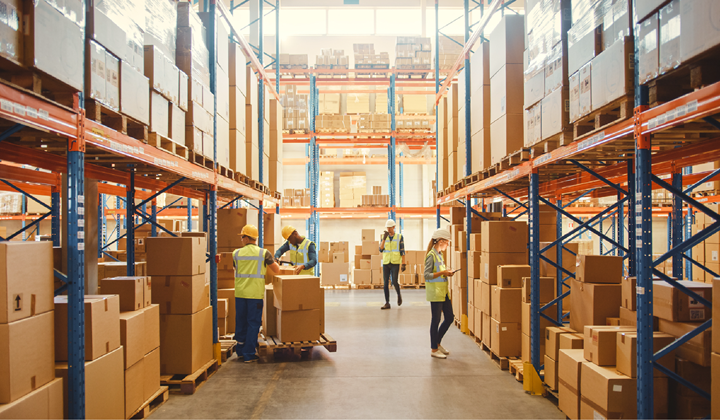

CBRE gives bullish outlook on industrial property
Global property group CBRE has forecast a “rent-a-demic” for Australia's industrial & logistics (I&L) sector.
The main reason is that the I&L national vacancy rate is just 0.6% – the lowest in the world – which should lead to strong rental growth in most capital cities in 2023.
“This is being propelled by the fact that 58% of the 2023 I&L development pipeline is already pre-committed. And even with the substantial incoming 2023 supply pipeline, this surging vacancy demand will not be met,” according to CBRE.
CBRE said vacancies would be unlikely to rise significantly over the next few years. Therefore, rental growth would remain high in the medium-term and even the long-term, as Australia was still in the early phase of a strong rent growth cycle.
“National super prime rents in Australia grew by 6.8% in Q4 2022 to be +25% year-on-year. We expect high single-digit rent growth across most markets in 2023, and compound annual growth rate of 5% nationally over 2023-26.”
One potential headwind is an expected economic downturn, which would lead to less spending by consumers and lower profits for tenants.
“Higher rents coupled with weakening consumer demand will place pressure on smaller occupiers, driving the expectation for greater sub-lease activity,” according to CBRE.
Why the long-term outlook for industrial is strong
CBRE's Regional Director of I&L Advisory and Transaction Services, Cameron Grier, said if consumers did cut back on spending, some sectors would be more affected than others.
“I think we’ll see certain types of demand contract,” he said.
“Market items like televisions, fridges, furniture and items people bought during the pandemic – you only need to buy those every so often.
“But in terms of all the other things, we’re seeing expansion in most groups. Anyone in food, pharmaceuticals, 3PL logistics space and non-discretionary spend, they’re all needing floorspace.”
Mr Grier said the long-term outlook for industrial space was strong, because Australia was about five to seven years behind countries like America with delivery speed and warehouse logistics efficiency.
“We look at where those groups are now, how much space they have and the trajectory for growth. It’s huge and we think we’ll follow that same pathway,” he said.
Depending on your goals and financial circumstances, buying an industrial asset could be a very sound investment decision. Reach out if you need help funding the purchase.
